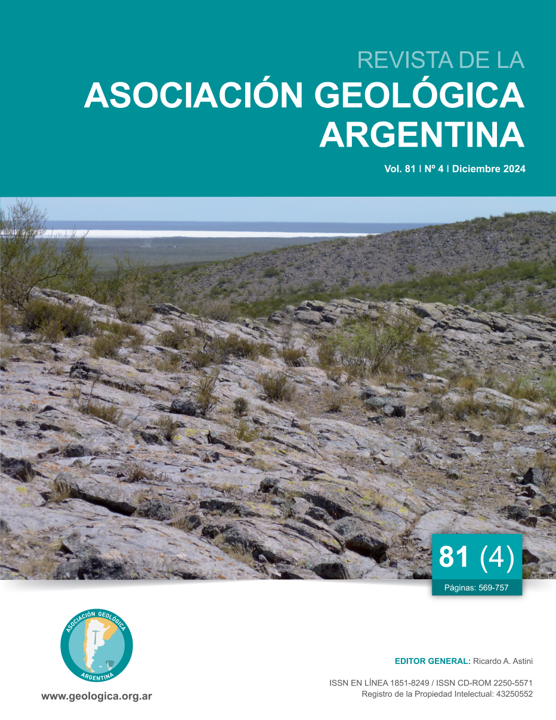GEOMORPHOLOGICAL CHARACTERIZATION AND HYDROLOGICAL RESPONSE OF THE PULULOS AND CHAUPIJARA LAKE SYSTEMS (NORTHERN PUNA, ARGENTINA)
Main Article Content
Abstract
The Chaupijara and Pululos lakes are part of the Vilama lake system (4500 m a.s.l.; Northern Puna of Jujuy), which is located in a little explored and studied area of the Central Andes, characterized by the absence of scientific information in large areas of knowledge. The present work focuses on the characterization and recent geomorphological and hydrological analysis (1975-2017) of these lakes, under highly variable and extreme climatic conditions that characterize this region. The aim is to understand the environmental and landscape dynamics associated with the recent hydrological response of these lakes to regional rainfall variability. To this end, hydrographic and geomorphological information was generated and integrated to identify and delimit various landforms and sub-environments associated with each lake. Likewise, the current functioning of both lake systems was analyzed considering the climatic periods with the most extreme droughts and precipitations of the last decades. This climatic variability and its effects on the landscape were analyzed and evaluated from changes reflected in the lake surfaces and in the different sub-environments during the extreme precipitation/drought stages identified. The results obtained evidenced the great environmental and landscape variability shown by these Andean systems in the face of interannual hydroclimatic changes. These outcomes are essential for understanding the geomorphological and environmental dynamics of these high-Andean lake systems and set a precedent for the analysis of how these ecosystems could be affected by future environmental conditions, especially in the context of current climate change.
Article Details

This work is licensed under a Creative Commons Attribution-NonCommercial 4.0 International License.
Nota de copyright
Los autores conservan los derechos de autor y garantizan a la revista el derecho de ser la primera publicación del trabajo licenciado según una licencia de atribución Creative Commons que permite a otros compartir el trabajo con el reconocimiento de la autoría y de la publicación en la que se publicó por primera vez.
Declaración de privacidad
Los nombres y direcciones de correo electrónico introducidos en esta revista se usarán exclusivamente para los fines declarados por esta revista y no estarán disponibles para ningún otro propósito u otra persona.

